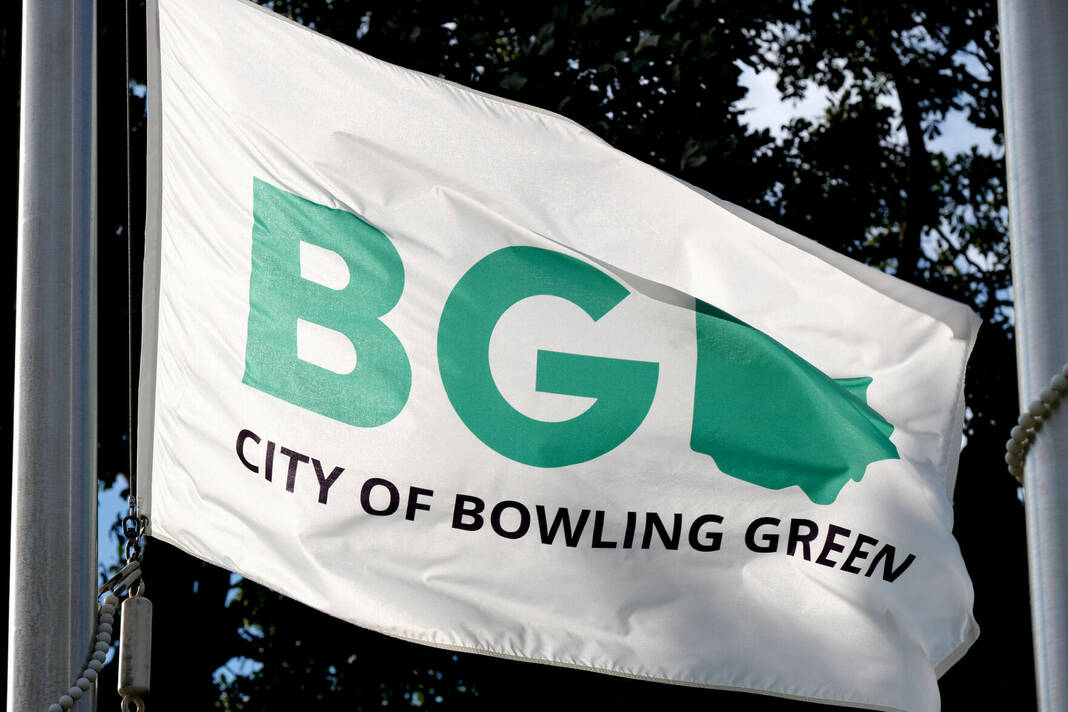
The Boom Town Historic District, signage and the city’s proposed zoning code were all discussed during the Historic Preservation Commission’s November meeting.
Returning to a subject from their October meeting, member Wil Roudebush discussed the concept of delineating portions of a planned Boom Town district by streets. Creating a locally-designated Boom Town Historic District is one of the HPC’s strategic goals.
“Doing it by street gives us a change to designate historic sites and contributing properties,” among others, Roudebush said, and would provide the ability to dig into the history of a particular street.
One of the issues discussed was whether there would be enough contributing historic properties in an area of a given street. Currently, a building must be about 50 years old to be considered.
“I know there’s support from a lot of the residents,” said member John Sampen, referring to the potential of starting the process on North Maple Street.
Members were asked to come to the next meeting on Dec. 27 with their ideas for areas to prioritize, as well as where as the boundaries for North Maple, which could be used as a starting point, might be.
The HPC is also hoping to work with students in Bowling Green State University’s Visual Communications Technology’s program to develop interpretive historical signage.
The HPC is planning to apply for a grant for the signage from the state of Ohio early next year.
HPC Chair Chris Mowen said that she recently met with two of the professors in that program, and that they have a senior capstone class during which the students work directly with clients or entities to design specific projects.
“So it sounds like it might be a great opportunity to work with BGSU students and they can create some templates so that we could not only implement a few signs with hopefully the grant we get, but it could be something that we could build off of each year,” Mowen said.
She suggested that a first phase could be several signs in the downtown “that may give a more overarching history of the block of downtown. And then in subsequent phases or years … we might do individual buildings that have importance.”
Mowen said that the actual content of the signs would not be developed by the students.
In further business, the HPC heard concerns from resident Rose Drain about the Pedestrian Residential zone proposed in the city’s zoning code update.
Drain said she feared that the new district would not fix the issue of deteriorating rental properties in that area.
“The city doesn’t seem to have an ordinance in place that requires rental property owners or management companies to maintain those. And I think that the proposed PR district is not going to do anything to improve our neighborhood, improve our older neighborhoods, without something like that accompanying it,” Drain said.
She also said she was having a hard time feeling comfortable with the changes to minimum lot dimensions also proposed in the PR.
“You may want to seriously weigh in on what happens to these precious blocks that are old-fashioned Bowling Green,” Drain told the HPC.
Councilwoman Rachel Phipps responded, noting that council is currently working through the planning commission’s recommendations about the new code in a series of working sessions.
“Once we get through these working sessions, we will create an adoption draft, and that is when the zoning code will officially be on the council agenda,” Phipps said.

